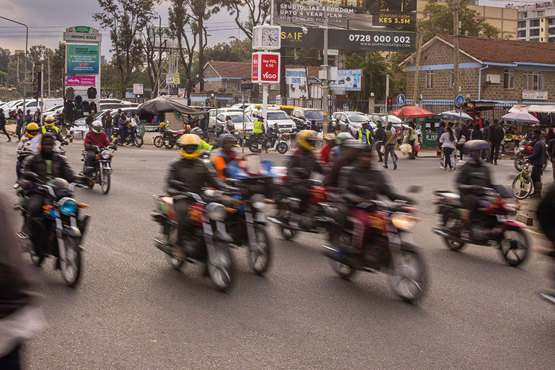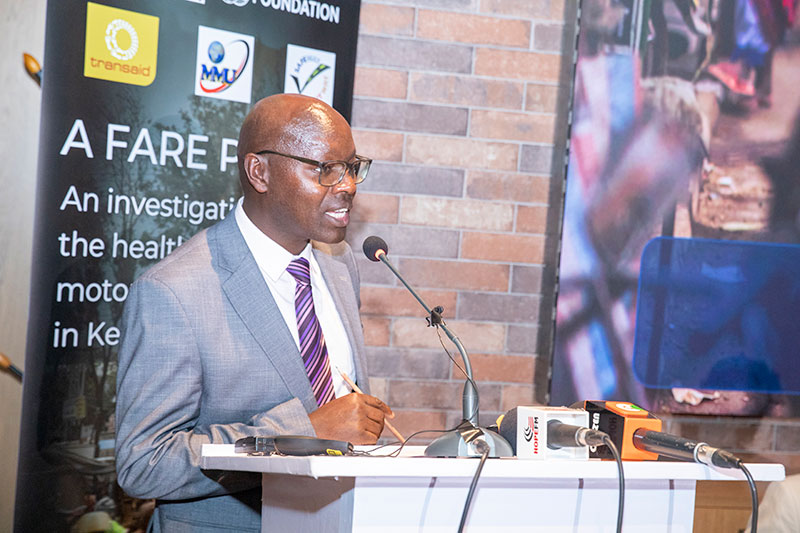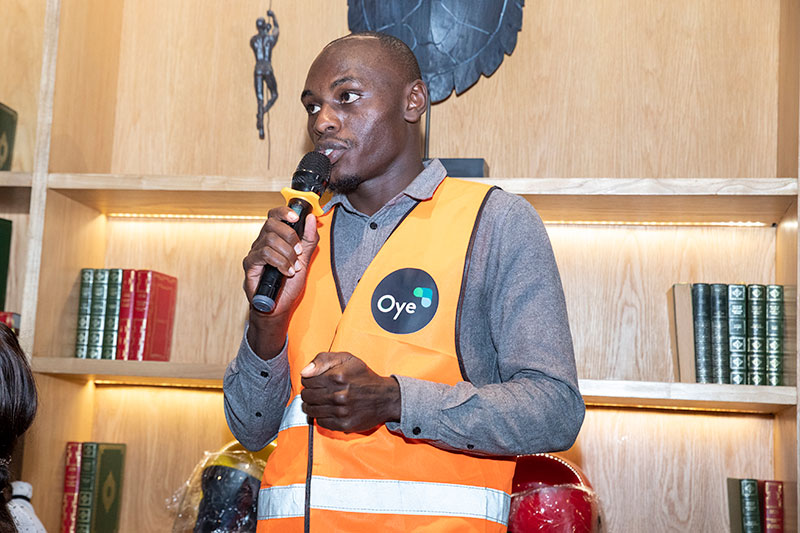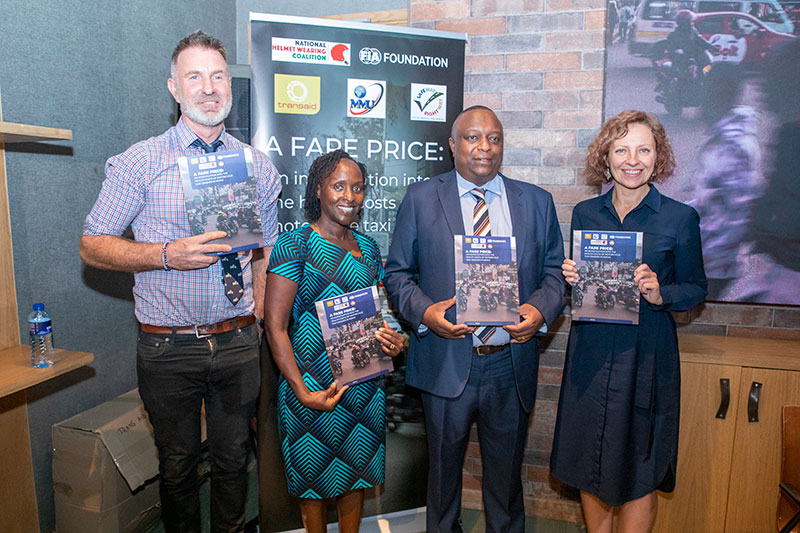Helmets testing and awareness needed to curb Kenyan motorcycle deaths, says report supported by FIA Foundation

The rising role of motorcycles in Kenya's economy is coming at too high a cost, with an urgent need for a helmet testing facility to enforce standards, says a new report by the Kenyan National Helmet Wearing Coalition, supported by the FIA Foundation.
The Coalition report 'A Fare Price: An Investigation into the Health Costs of Motorcycle Taxi Crashes in Kenya' studied boda boda helmet usage through hospital data, observational studies, in-depth interviews, and national data analysis.
In Kenya, registered motorcycles have risen to 2.2 million: 22 million journeys, with fares totaling US$100 million, are made daily. The personal and economic cost, however, is high, and motorcycle users made up 35% of all Kenyan road deaths in 2023, with low helmet prevalence and quality representing major factors.

High-risk roads in Nairobi saw just 63% of boda boda drivers and 15% of pillion passengers wearing helmets. Research has shown that a motorcycle helmet can reduce the risk of death by 42% and the risk of head injury by 69% in a crash. Head injuries are the leading cause of hospital admission and make up more than one-third of all injuries (35%), according to the analysis of hospital records from two hospitals in Nairobi. Almost 1,000 individuals received treatment for motorcycle crash injuries in an 18-month period, where the mean stay was 18 days, and 28% of patients stayed more than three weeks. Most victims were younger than 35, with boda boda drivers (62%) more frequently injured than pillion passengers. Six per cent of patients died during treatment. However, roadside deaths are not recorded by hospitals, and broader data is limited.
While there is no data specific to motorcycle crashes, the burden of overall road traffic injuries to the Kenyan economy collectively is approximately US$6.5 billion (World Bank, 2020). Further, the most expensive forms of treatment relate to head and limb injury types, which are the most common among motorcycle users. Personal testimonies revealed boda boda drivers with healthcare costs equal to 4.5 years of salary, with many drivers unable to return to work for more than one year after a crash.

Most boda boda drivers interviewed reported wearing helmets but needed a better understanding of helmet safety and the role of helmet standards. Only 14% of drivers were confident that they were wearing quality helmets, and compliance was mainly focused on enforcement rather than personal safety.
The report identifies a series of recommendations including to: strengthen data collection; raise helmet safety awareness; increase financial and political investment; and establish a helmet testing laboratory, the first in East Africa.
George Njao, Director General of the Kenya National Transport Safety Authority, said: "In Kenya, motorcyclists are particularly vulnerable because they have limited protective equipment that could prevent major traumas in the event of a crash. Despite the burden of the problem, the vice has not received adequate attention due to unavailability of local, reliable data. Based on the report being released today it is evident that riders face significant risks due to the absence of appropriate helmets. We require helmets that meet international standards, and we will work together with all relevant stakeholders to ensure the safety of our motorcyclists. We welcome these findings, and it will go a long way in supporting the Government in coming up with evidence-based interventions including the establishment of helmet testing centres."
Dr Gladys Nyachieo, report lead writer, said: "Medical costs from motorcycle crash injuries have adverse effects on the lives of those affected and the community at large in the short- and the long-term. There is a need for more enforcement of existing legislation and helmet standards for safety for pillion and operators. Let all stakeholders commit to creating safer roads and safer helmets for all users. This report is clear on the suffering and disruptions that occur due to effects of motorcycle crashes."

Aggie Krasnolucka, Programmes Director of the FIA Foundation, said: "Building safer journeys starts with understanding the importance of high-quality helmets. It is clear from this new report that Kenya needs better data and awareness of helmet wearing and quality. The FIA Foundation is pleased to support the Kenyan National Helmet Coalition to protect lives and livelihoods."
Sam Clark, Transaid Head of Programmes, said: "Transaid are proud to be one part of this research. It has highlighted the need for strong data related to the health outcomes of motorcycle crashes to ensure that more in-depth research is done on the project."
The report was launched at a Nairobi event, which included government representatives, road safety advocates, police, academics, and boda boda riders. A special panel of speakers included: Elly Kegode, KRO Boda boda SACCO Chairperson; Joan Wamuyy Ndarathi, Malkia women's motorcycle club; George Njao, Director General of the Kenya National Transport and Safety Authority; Dr Gladys Nyachieo, Kenya Multimedia University; and Tom Parry, International journalist. Speeches were also delivered by UN Road Safety Envoy Jean Todt and National Transport and Safety Authority Director of Road Safety Dr Andrew Kiplagat.



